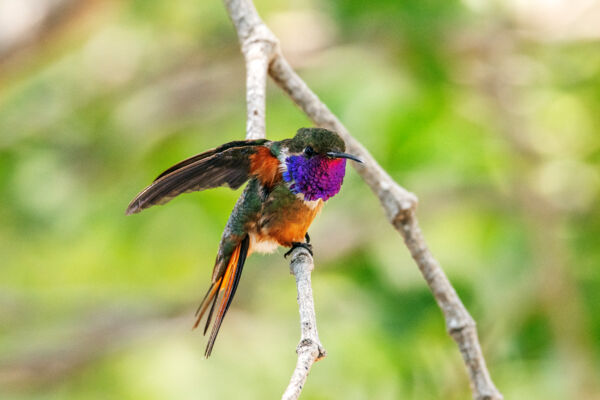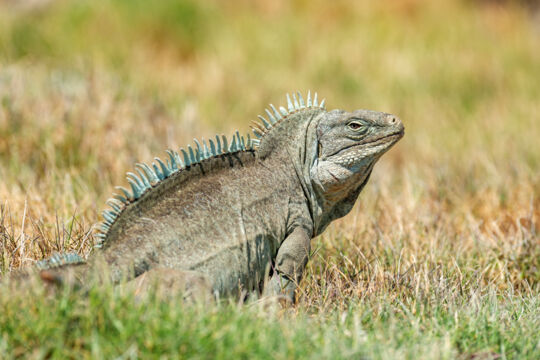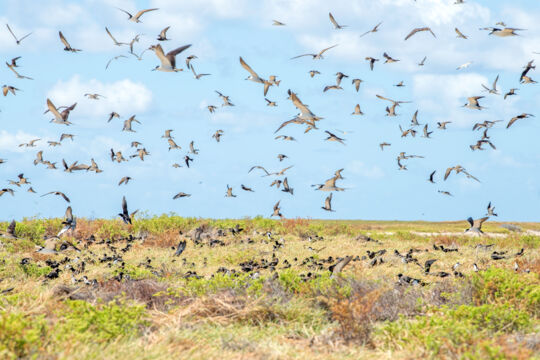Turks and Caicos Animals
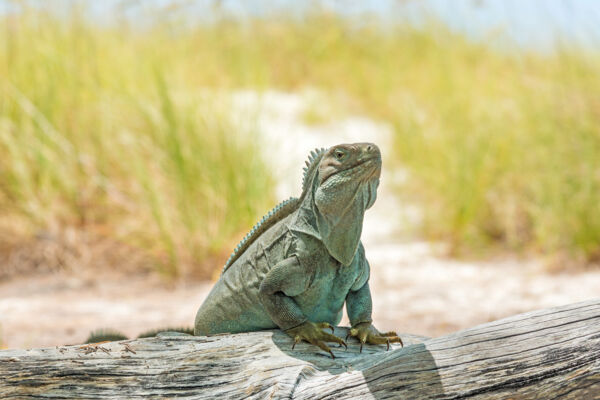
The Turks and Caicos consists of about one hundred rather small islands, and these isolated systems are home to an incredible number of native flora and fauna.
Reptiles and amphibians make up the majority of native and unique land animals in the Turks and Caicos, and there are several species found only in our archipelago.
Past industries and careless imports have also introduced a wide array of life, both large and small.
Endemic and Indigenous Animals
Reptiles and Amphibians
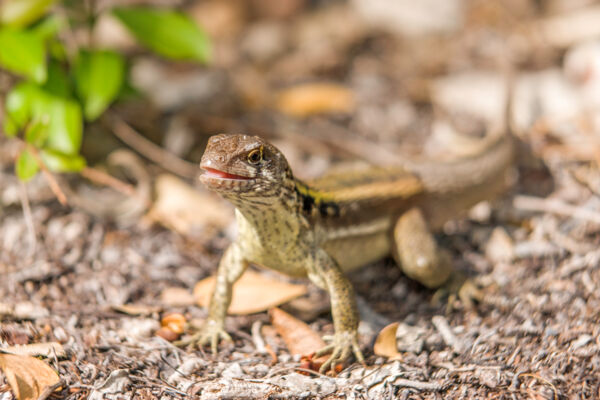
The most famous of our indigenous animals is the Turks and Caicos Islands Rock Iguana. This large and docile lizard is considered endangered by IUCN due to its limited global range, and is found on Little Water Cay, Water Cay, Ambergris Cay, French Cay, and some of our smaller islands as well.
There’s a wide array of smaller native reptiles, including the Curly-tail lizard, anole, geckos, and skinks.
The Turks and Caicos curly-tail lizard (Leiocephalus psammodromus) is the largest of the non-iguana lizards, and is commonly seen in nearly all terrains in our islands. These interesting little creatures reach maximum lengths of about 10 inches (25 cm), and eat insects and small fruits.
The southern Bahamas anole is found in the Turks and Caicos, and the local subspecies, (Anolis scriptus scriptus), can be found on almost every island of ours of any significant size. These anoles are a little smaller than the curly-tailed lizards, yet survive on much the same diet.
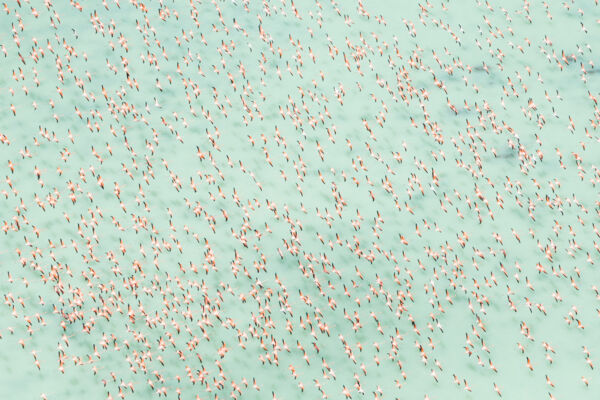
The Turks and Caicos is home to several types of endemic geckos, including the Caicos barking gecko (Aristeliger hechti), the Caicos reef gecko (Sphaerodactylus caicosensis), and the Turks reef gecko (Sphaerodactylus underwoodi). There are also two skinks: the Caicos skink (Spondylurus caicosae), and the Turks skink (Spondylurus turksae).
The tiny greenhouse frog (Eleutherodactylus planirostris) is also found in the country, and is the only amphibian that may be indigenous. It’s unknown how long this tiny frog may have been established in the islands, and if it arrived with early settlers or at some previous time.
Snakes
Three snakes are found in the Turks and Caicos, two of which are miniature boas, and one a worm-like blind snake.
The Caicos dwarf boa (Tropidophis greenwayi), is the world’s smallest constricting snake, typically reaching lengths of less than 24 inches (61 cm).
The Turks Island boa (Chilabothrus chrysogaster), which is also locally known as the Rainbow Boa, can be found on our larger islands and is another miniature boa. This snake rarely exceeds 48 inches (122 cm), yet can grow more than 70 (178 cm).
A globally rare indigenous snake is the tiny flat-headed blind snake (Typhlops platycephalus), which reaches the size of a large earthworm.
Mammals
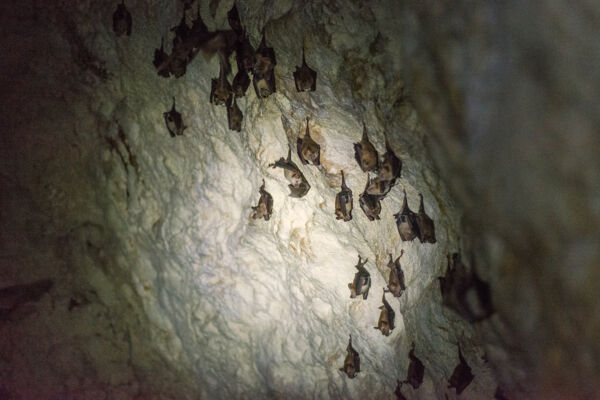
Bats are the only indigenous mammals known to be extant in the Turks and Caicos. Several varieties of these flying creatures are found in the caves, blue holes, and sinkholes throughout the islands. The most common are the Cuban fruit bat (Brachyphylla nana), and the Buffy flower bat (Erophylla sezekorni).
Crustaceans
The giant blue land crab (Cardisoma guanhumi) can be found in many of the marine wetland environments of the Turks and Caicos, and digs burrows in sandy or mud environments.
Hermit crabs (Coenobita clypeatus) are also found on land and in the ocean. These crabs can range from minuscule creatures that use tiny snail shells, to crabs large enough to commandeer full-size conch shells.
The Rainbow crab (Gecarcinas lateralis) and the black land crab (Gecarcinas ruricola) also make their home inland and on the dunes of the islands.
Feral and Introduced Species
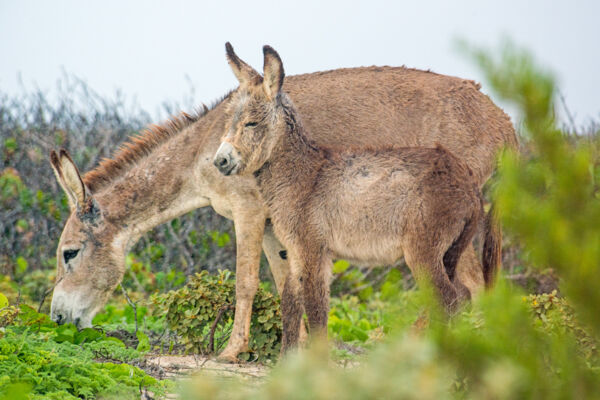
The Turks and Caicos is now home to many species of intentionally and accidentally introduced animals. Many of these animals impact native wildlife by hunting them, displacement, or habitat destruction.
Imports of building and landscaping materials is the most common method of introduction.
Livestock
The salt, agricultural, and cave guano mining industries brought livestock for draft and food purposes.
Today, the best-known example is the Turks and Caicos donkey, which is feral on Grand Turk, Salt Cay, South Caicos, Hog Cay, and East Caicos. These hardy animals were used to pull salt carts and turn pumps in the salt salinas, haul guano mine carts in the Caicos Islands, and provide general transport as well.
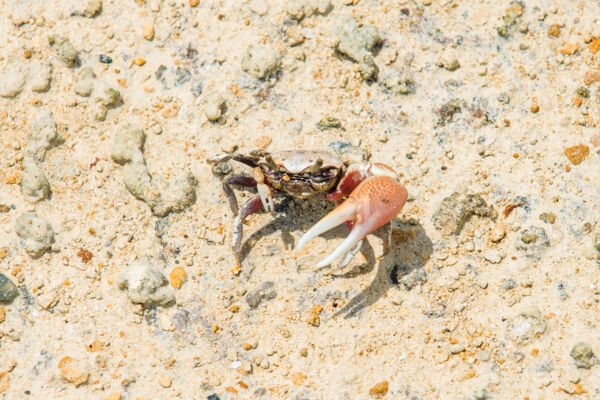
Cattle, used for meat, milk and draft, was also introduced to Grand Turk, Salt Cay, and South Caicos, and remain common sights. East Caicos actually had an extensive cattle ranch, and for decades after the abandonment of the ranch, the cattle remained feral on the island until they were hunted out in the late 1970s or early 1980s.
Cotton Cay near Salt Cay was the only island where goats once had a feral presence, yet small island goats are still raised on North Caicos and Providenciales.
Ponies are another sight on the old salt-producing islands, and still graze the open spaces.
Dogs and Cats
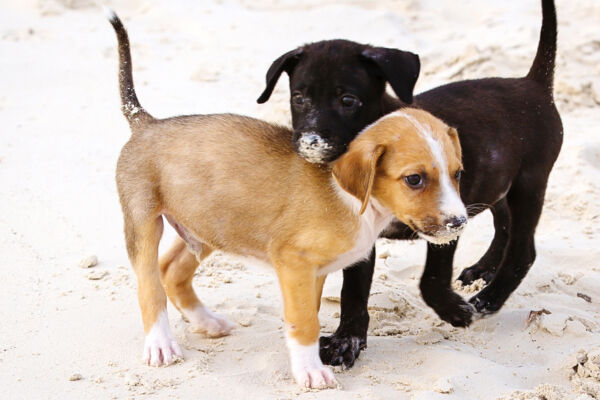
One of the best-known introduced animals is the Potcake dog, a Turks and Caicos icon. These mid-sized and friendly dogs are found on all of the main inhabited islands and get their name from what was their traditional food source: the accumulated “cake” found at the bottom of the cooking pot after preparing rice and stews.
Potcake Place, a rescue charity located at the Saltmills in Grace Bay, offers the opportunity to interact with puppies and take them for walks on Grace Bay Beach.
The common house cat has also been established on all of the main populated islands, and can be found in gray, black, and tabby colorations.
Rodents
As may be expected, mice and rats have also been introduced to many of our islands. On our smaller cays, some of which host critical populations of native species, rats have had a highly negative impact on local iguanas and birds.
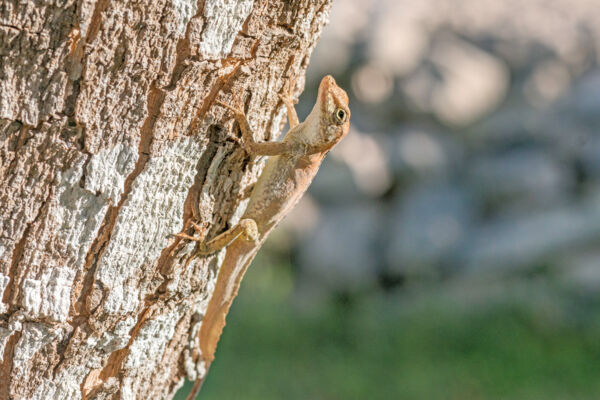
Efforts have been made by the Turks and Caicos National Trust in partnership with the UK Royal Society of the Protection of Birds to control and reduce rodent populations on the sensitive islands of Little Water Cay, Water Cay, and Pine Cay.
Highas Cay is another interesting example. This beautiful and uninhabited cay supports a thriving population of brown rats (common rat), which has diminished native birds and reptiles.
Reptiles
The northern curly-tailed lizard (Leiocephallus carinatus) has made its appearance on Providenciales. This variety is similar in size to the Turks and Caicos curly-tail lizard, yet features rougher scales and a bit more monochrome color scheme. This lizard appears to be more territorial than the native type, and may cause displacement issues.
Rapidly becoming a nuisance, the nocturnal common house gecko (Hemidactylus mabouia) is overrunning Providenciales.
Amphibians
The mid-sized Cuban tree frog (Osteopilus septentrionalis) is now common to Providenciales, and can often be heard croaking after heavy rains.
Extinct Animals
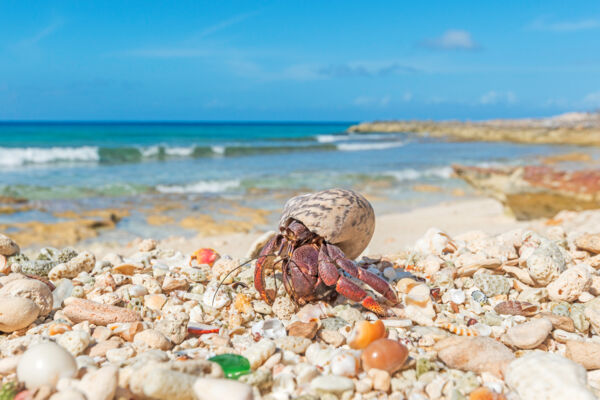
Unfortunately, very little is known about the fauna that may have lived in the Turks and Caicos, yet some limited skeletal evidence found in caves suggests that a larger type of land iguana and a giant tortoise once lived in these islands, yet were likely hunted to extinction by the aborigine Taino peoples.
In the Bahamas, recent skeletal findings in blue holes have proven that the Cuban crocodile (Crocodylus rhombifer) was once established in the Lucayan Archipelago, and thus there’s a decent chance that this small crocodile’s range once included the Turks and Caicos. Our country hides dozens of extensive blue hole and Karst-process cave systems, so perhaps research one day will reveal concrete evidence of past species.
One of the few terrestrial mammals that may have lived in the Turks and Caicos is the hutia, a large nocturnal and vegetarian rodent. The Turks and Caicos has many isolated wetland and mangrove islands, so there’s always a slight chance that the hutia is still out there!
Manatees were recorded to have been found in the channels and waterways of the Caicos Islands by early European explorers and settlers, yet likely met the same fate as the giant iguanas and tortoises and ended up on the dinner plate.

